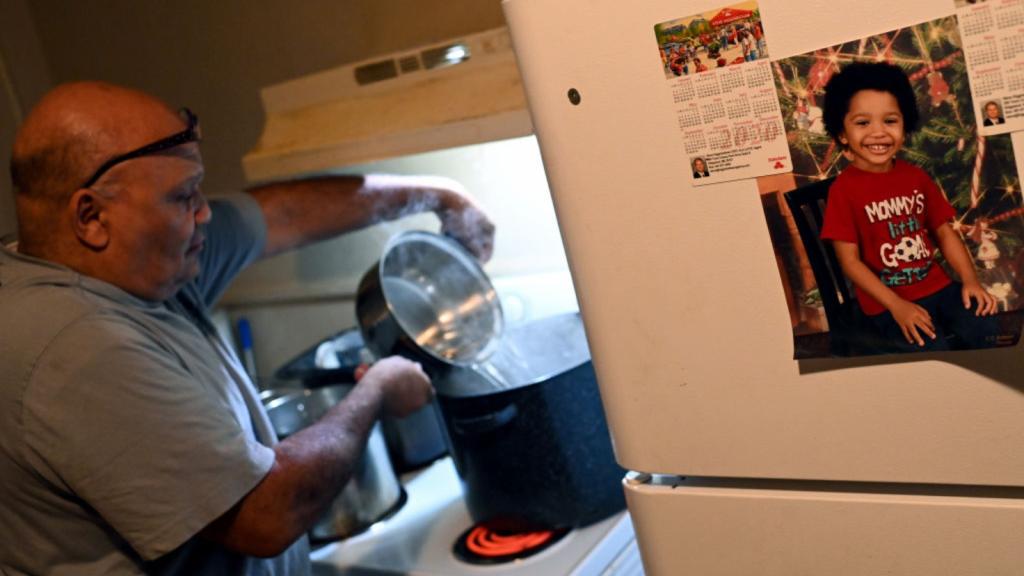The following post is by Earl Killian, guest blogger at Climate Progress.
—–
 California’s AB 32 cap on greenhouse gas emissions has its regulatory agencies working to find a set of measures that will amount to savings enough to cut 2020 emissions by about 30 percent. Since 12 years is too short to change California’s vehicle fleet or its power plants, myriad measures are being considered, each rather small but hoped to make a difference cumulatively.
California’s AB 32 cap on greenhouse gas emissions has its regulatory agencies working to find a set of measures that will amount to savings enough to cut 2020 emissions by about 30 percent. Since 12 years is too short to change California’s vehicle fleet or its power plants, myriad measures are being considered, each rather small but hoped to make a difference cumulatively.
One such effort is to find paints and coatings to reduce how hot cars get when parked, so the driver is less likely to turn on the air conditioner:
This strategy is based on measures to reduce the solar heat gain in a vehicle parked in the sun. A cooler interior would make drivers less likely to activate the air conditioner, which increases carbon dioxide emissions.
Potential approaches include reformulation of paint to reflect near-infrared sunlight, parked car ventilation, and solar reflective window glazing. It is expected that cool paints, together with reflective glazing, will reduce the soak temperature of the typical vehicle parked in the sun by 5 to 10 degrees Celsius.
Some of the work [PDF] appears to be from the National Renewable Energy Laboratory. With the federal government largely AWOL on global warming, it is left to the states to move NREL’s research from laboratory to the market. NREL found this:
[T]he United States uses 7 billion gallons of fuel per year for light-duty vehicle A/C, which is equivalent to 5.5 percent of the total national light-duty vehicle fuel use. It takes 9.5 percent of the imported crude oil to produce this much gasoline.
…
A combination of these technologies reduced breath air temperature by 12 degrees C (22 degrees F), seat temperatures by 11 degrees C (20 degrees F), windshield temperature by 20.4 degrees C (37 degrees F), and the instrument panel surface temperature by 16.8 degrees C (30 degrees F).
…
[R]esults show that the A/C load can be reduced by over 30 percent. Vehicle simulations show that the 30 percent reduction in thermal load results in a 26 percent reduction in fuel used for A/C.
Getting into a hot car after it has been parked in the sun is never pleasant, so this falls into the category of a good idea even if it weren’t necessary to stop global warming.
This post was created for ClimateProgress.org, a project of the Center for American Progress Action Fund.

